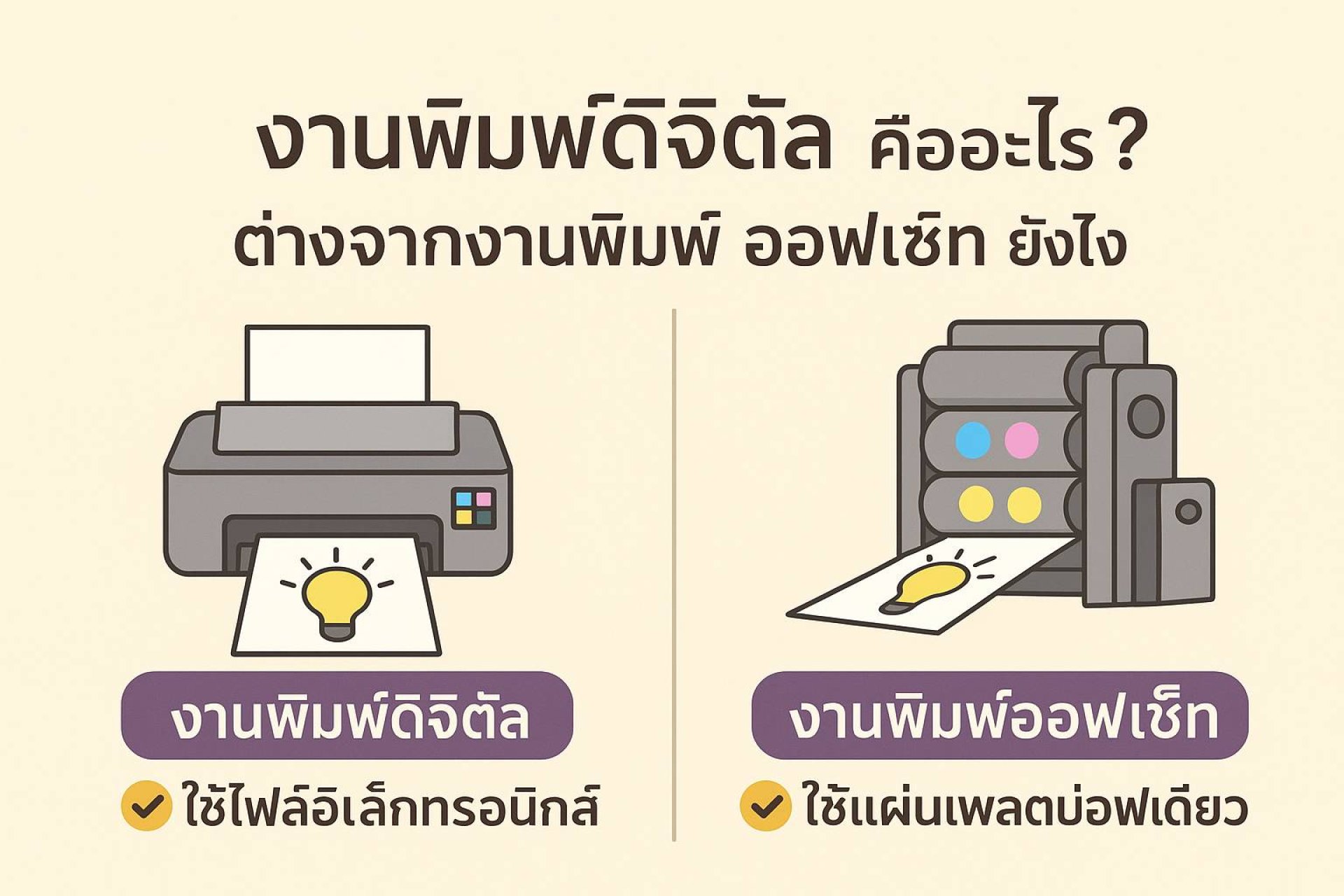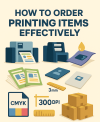Digital Printing vs Offset Printing: What’s the Difference and Which One Is Right for You?

What Is Digital Printing?
Digital printing is a modern printing technology that prints directly from the file to the printer, without needing a plate.
Its fast, flexible, and ideal for short runs or on-demand printing where each sheet can be different for example, personalized names or variable QR codes.
Advantages of Digital Printing
No plate needed start printing immediately
Fast turnaround time, perfect for urgent jobs
Easy to edit or customize each print piece
Sharp details and vibrant colors
️ Limitations of Digital Printing
Higher cost per piece for large quantities
Does not support special colors like Pantone or metallic inks
Paper size and material types are limited by printer capacity
What Is Offset Printing?
Offset printing is a traditional method that requires plate making before printing.
Ink is transferred from a plate to a rubber blanket, then onto paper creating consistent and high-quality results for large quantities.
Advantages of Offset Printing
The more you print, the lower the cost per piece
Excellent and consistent color accuracy
Supports Pantone and special colors
Works with a wide range of materials: thick paper, packaging boards, and certain plastics
️ Limitations of Offset Printing
Requires more setup time due to plate preparation
Not cost-effective for small quantities
Any design change requires a new plate
Quick Summary by 133Printing
If you want speed and flexibility, go for Digital Printing
If you need high volume and professional quality, choose Offset Printing
At 133Printing, we offer both Digital and Offset Printing services,
with expert advice to help you pick the best option ensuring great quality and the best value for your print project.


